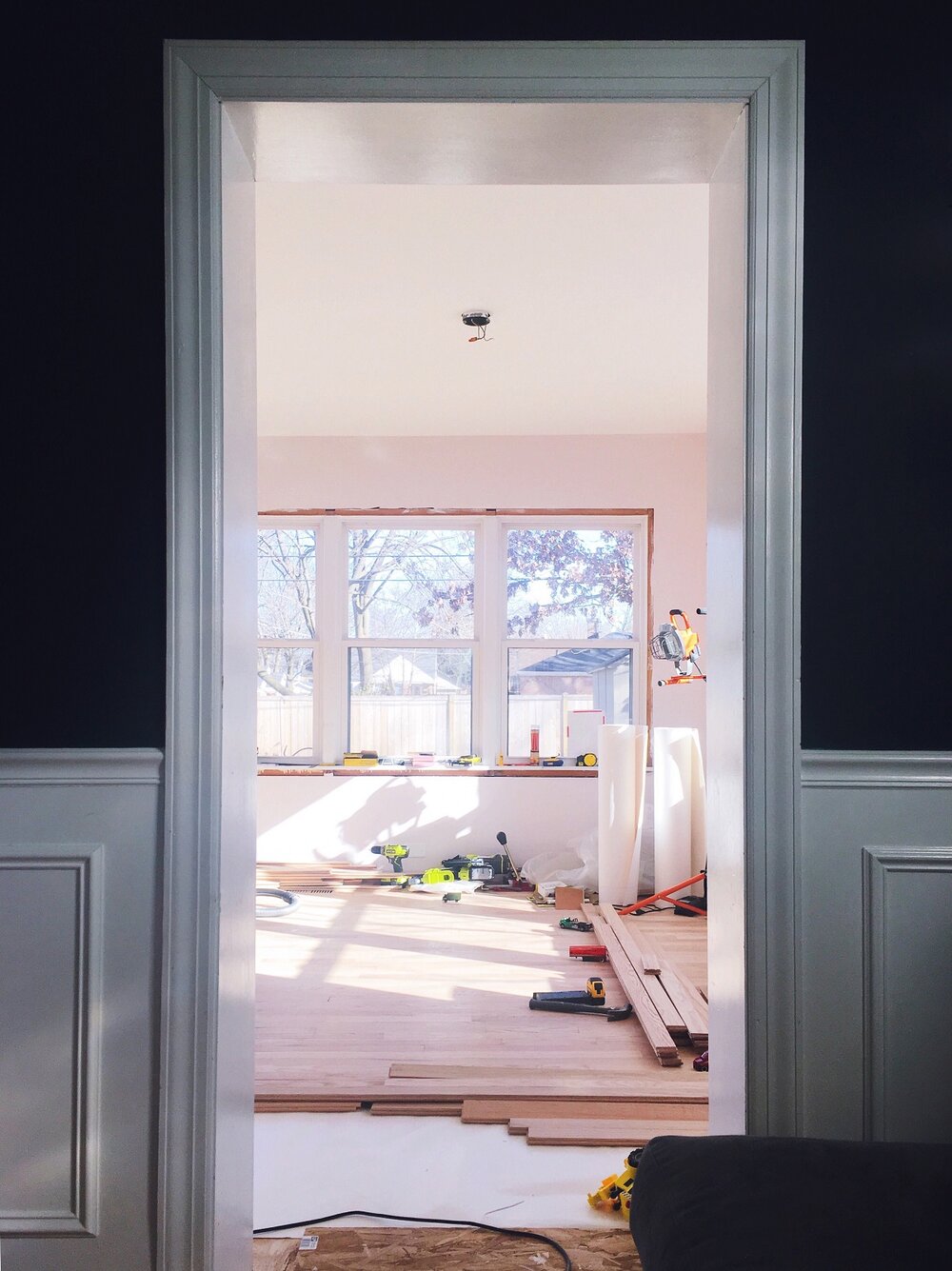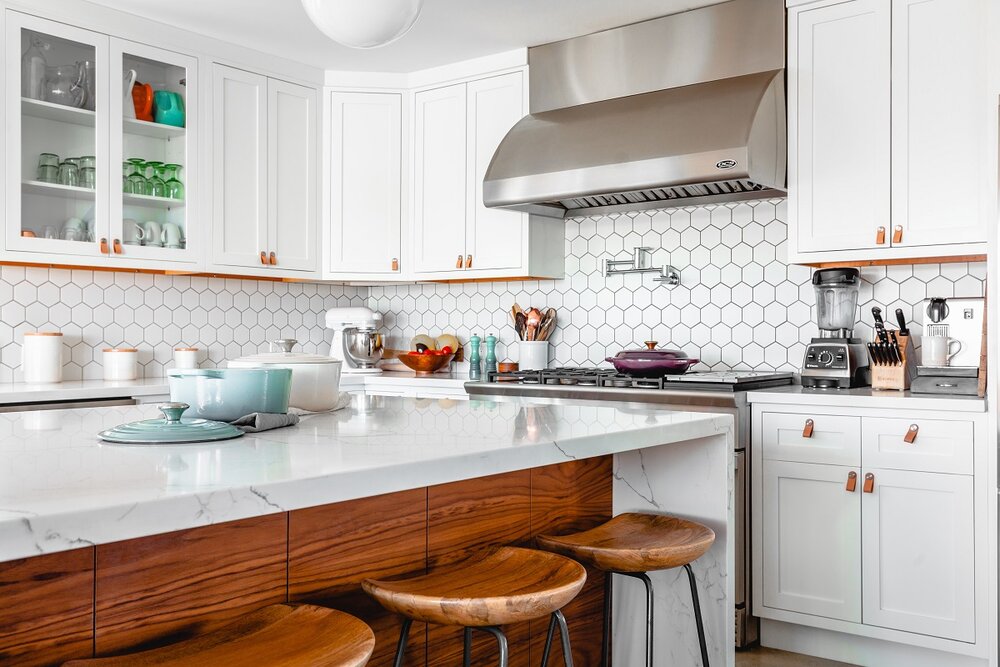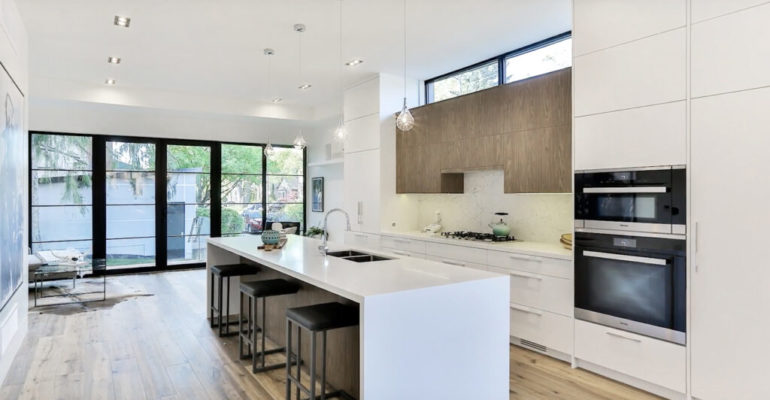Beginner’s guide to managing a remodel
Browsing photos and ideas can be a fun part of creating your dream room. But making your designs a reality also takes smart planning and organization. Project management is an essential part of home remodeling, and there’s nothing like the feeling of implementing a plan to create something new and beautiful. These tips can help you achieve your desired results.
Become a list writer
Making lists is key when it comes to project management. It’s the only way to properly organize your thoughts and prevent any details from being forgotten. The most important list is your scope of work, or specifications, document. This is basically a detailed list of everything to be done, from start to finish. If you’re dealing with one main builder who’s organizing all the work, then you’ll need to make sure he or she gets a copy, so the goals are clear and all the information is provided.
Make sure you’re all on the same page
If you’re coordinating separate subcontractors (cabinetmaker, plumber, electrician), then it would be worth indicating who’s responsible for each task. Give a complete copy of the specifications to all of them, so they’re all aware of what everyone is doing. Discuss the specifications with your subcontractors since they may be able to provide help and advice. A schedule is also useful, so you can keep track of progress and everyone knows who’s going to be on-site on which day.
Break into subsections
In addition to your main specifications, it’s a good idea to have sublists for each separate element of your design. For example, your main specifications may say “install 6 x recessed LED downlights in ceiling,” but your lighting specifications will detail where they are to be positioned, the type of bulb, the hardware finish and so on. The more information you provide, the more accurate your quote should be and the less likely it will be for mistakes or misunderstandings to occur. It will also minimize any unexpected costs.
Stand by for decisions
Your builder will present many questions and decisions to you along the way. Which tiles do you want on the walls? Where do you want these wall lights? What color do you want on the baseboards? Your best bet will be to try to pre-empt as many of these decisions as possible and have the answers ready or, even better, provide the information in advance. Making these decisions under pressure can lead to impulse moves you may regret later. However, taking too long could hold up the project, costing you time, money and the patience of your builder. No one wants an unhappy builder.
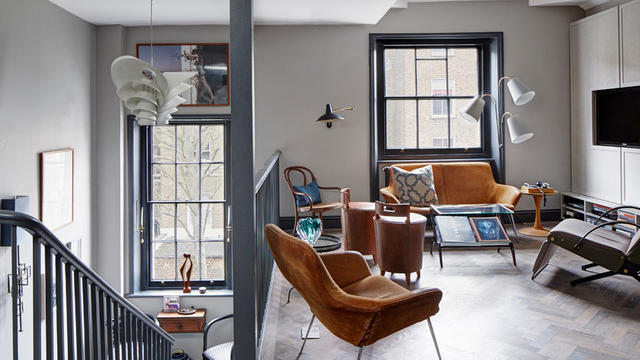
A Beginner’s Guide To Managing A Remodel
Browsing photos and ideas can be a fun part of creating your dream room. But making your designs a reality also takes smart planning and organization. Project management is an essential part of remodeling, and there’s nothing like the feeling of implementing a plan to create something new and beautiful. These tips can help you achieve your desired results.
Become a list writer. Making lists is key when it comes to project management. It’s the only way to properly organize your thoughts and prevent any details from being forgotten.
The most important list is your scope of work, or specifications, document. This is basically a detailed list of everything to be done, from start to finish. If you’re dealing with one main builder who’s organizing all the work, then you’ll need to make sure he or she gets a copy, so the goals are clear and all the information is provided.
Also, having detailed specifications makes it easier if you want to obtain multiple quotes, and you’ll know it’s a fair comparison since all the builders will be quoting using the same criteria.
Make sure you’re all on the same page. If you’re coordinating separate subcontractors (cabinetmaker, plumber, electrician), then it would be worth indicating who’s responsible for each task. Give a complete copy of the specifications to all of them, so they’re all aware of what everyone is doing. Discuss the specifications with your subcontractors since they may be able to provide help and advice. A schedule is also useful, so you can keep track of progress and everyone knows who’s going to be on-site on which day.
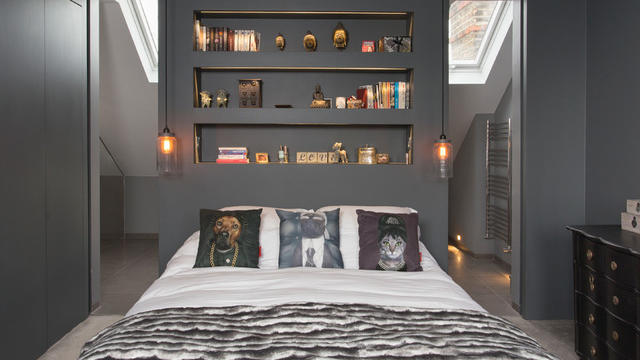
Guide to Home Renovation
There are four stages to being a grown man: Bachelorhood, Marriage, Kids, and Home Renovation. Home Renovation comes last because it sucks, and you will resist it with all your might, even more than you probably resisted stages two and three. I know I did. I saw other men go through the renovation process and emerge from it catatonic and bankrupt six times over. I heard nightmares of strained marriages and vindictive contractors, and I thought, I will never subject myself to that.
Oh, but I did. I had no choice, really. My kids were already big enough to kick through the walls. Something had to be done. I got a bank loan, then I got a cyanide tablet, just in case. But somehow, against all odds, I survived. I stared into the mouth of the dragon, and I slayed that fucker. Somehow, I kicked home renovation’s ass. I WON. And now I am one of those smarmy middle-aged dipshits sitting comfortably in my newer, roomier home, ready to bequeath to you all of my wisdom, even if you didn’t ask for it. Especially if you didn’t ask for it.
Set a budget, then accept that your budget is meaningless.
Think about a realistic number for your project. Now add 10 percent. Now add another 10 percent. You have just established the baseline minimum of your spending
Don’t hire Jimmy Teamster’s Bargain Toilet Emporium.
You are placing your life in your contractor’s hands, so do your homework. Scout out neighboring projects and Google their contractors. Probe for horror stories. Find out who knows all the latest zoning laws. And most important
Sit down with your builder and list your goals.
I want a Ping-Pong table in the basement, and I don’t wanna put my hand through a window when I go for a wicked backhand! Stuff like that. Once you get a proposed floor plan (OMG SO COOL!), pore over it with a jeweler’s eye. Imagine yourself in your new home. How often will you be naked in this room? (Better frost those windows.) Are you going to bash your head into that overhang? (You will.) Is the sink close enough to the garbage drawer for you to toss out carrot peelings? Visualize it.
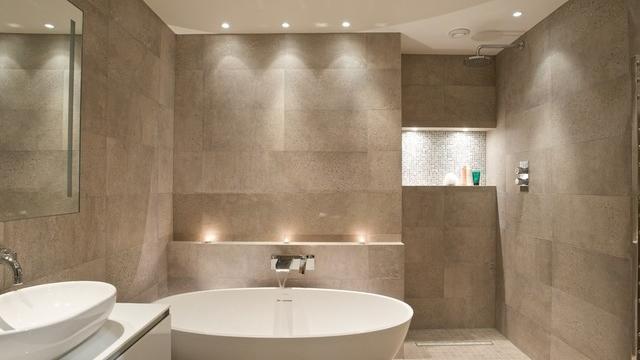
Home Improvement Tricks That Everyone Should Know
You may be spending a LOT more time at home than you’re used to and taking an extra look at your living space. Is your dining room now your home office during the day and then a place for dinner at night? What about that drip, drip, drip that you’re hearing and can’t ignore anymore? There’s no doubt that some work is best left to a professional, but there’s a lot of do-it-yourself that you can do!
You don’t have to spend a lot of money to change things up at home. Walking into a home improvement store can seem overwhelming, but it shouldn’t be. Taking your project into your own hands should feel empowering–so walk into that store like a boss! Many stores hold free workshops for DIYers looking to handle some basic home maintenance or bigger improvement projects. And thanks to YouTube, you can learn how to repair just about anything.
Whether you’re looking through Pinterest to get inspired or you have a vision in mind, it’s a good idea to think about whether or not you need to improve your home for functionality, decor, or both. If you’re considering throwing away your old couches, you might be able to restore them instead. “If your wood furniture is scratched, dinged, or discolored, you can sand it and apply varnish, or pick up a bottle of a furniture restore product, which is simple to apply, and seems to magically take away scratches, evens out the finish and color and makes your furniture look brand new,”
Add a touch of color to your stairs
Staircase remodeling can cost a lot, and this trick will save you money if you do it yourself. editor of The Bunny Hub, recommends that you paint your staircase so that it looks like it has a carpet runner. “This gives you the cozy look and feel of a carpet, without the maintenance of owning a carpet,” she says.
If you’re going to take on this task, remember that painting can be a bit of a messy job. “Although we cover furniture and wear old clothes, often people forget about their phone,”
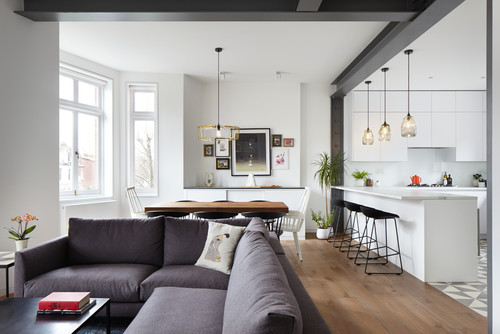
Remodeling For The First Time?
Remodeling for the first time can be downright frightening. Lets face it if you are like most people your home is the single largest investment you will ever make. With so much at stake it’s no wonder there is a lot of anxiety associated with the process.
That being said, just keep in mind that a successful project is not only visually satisfying but financially rewarding as well. There is usually a nice (roi) return on investment depending upon the type and size of project completed.
No matter what type of home improvement project you are considering, there are specific steps you must take to make it a success. There are also many questions to ask yourself before even getting started. We will cover these in detail shortly when we review our Master Plan.
will answer your questions and take you step by step through the entire process. Remember all projects no matter how large or small require the same steps and considerations. The larger ones just require more of them.
We’ll also take a look at real dangers that can be lurking in your home and show you how to eliminate them and keep your family safe. As well as money saving tips to consider during your remodeling endeavor.
